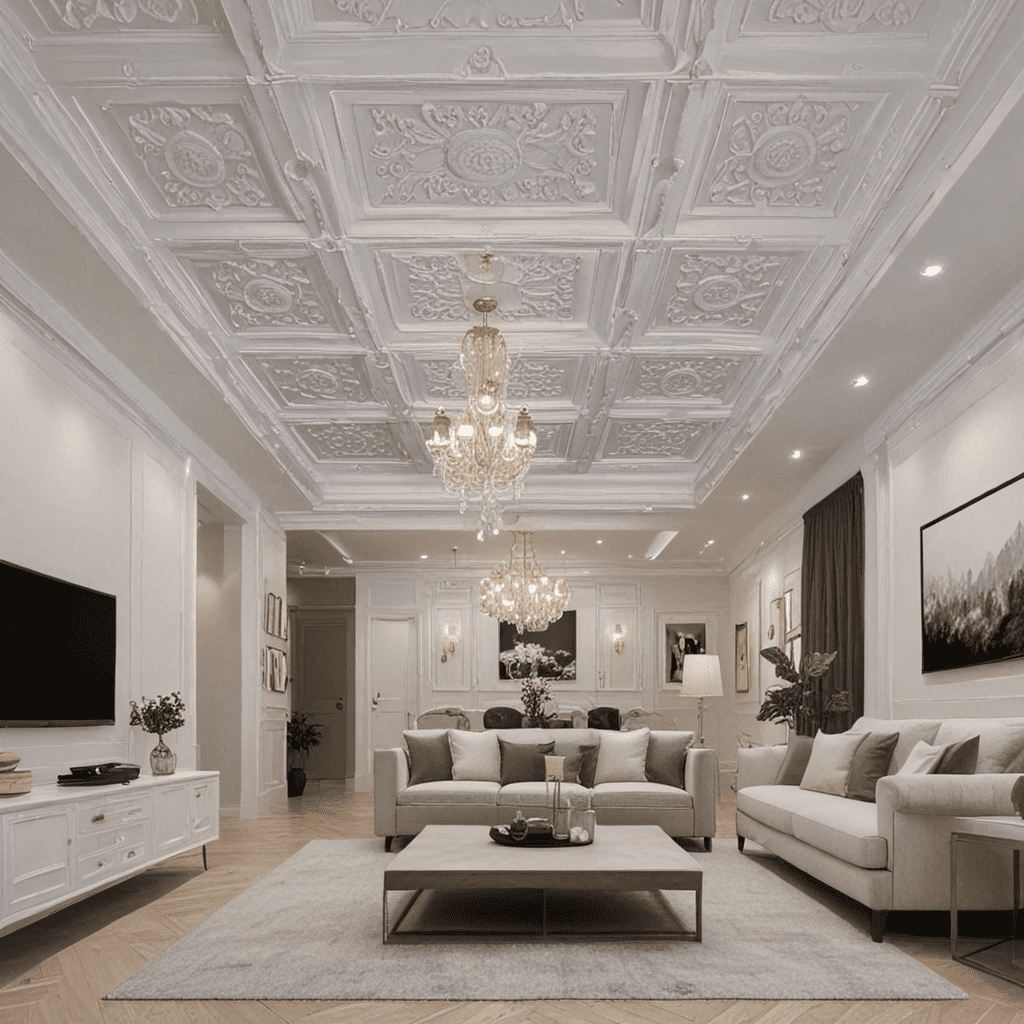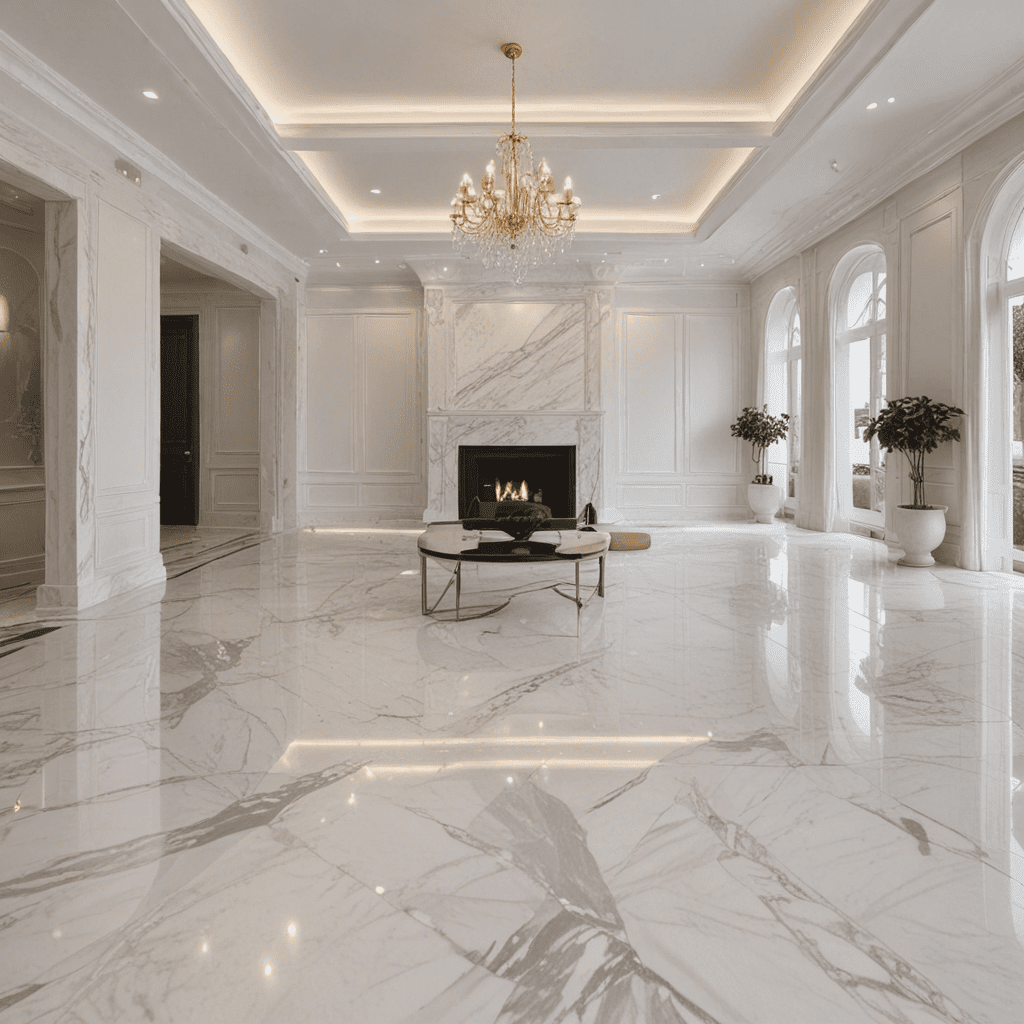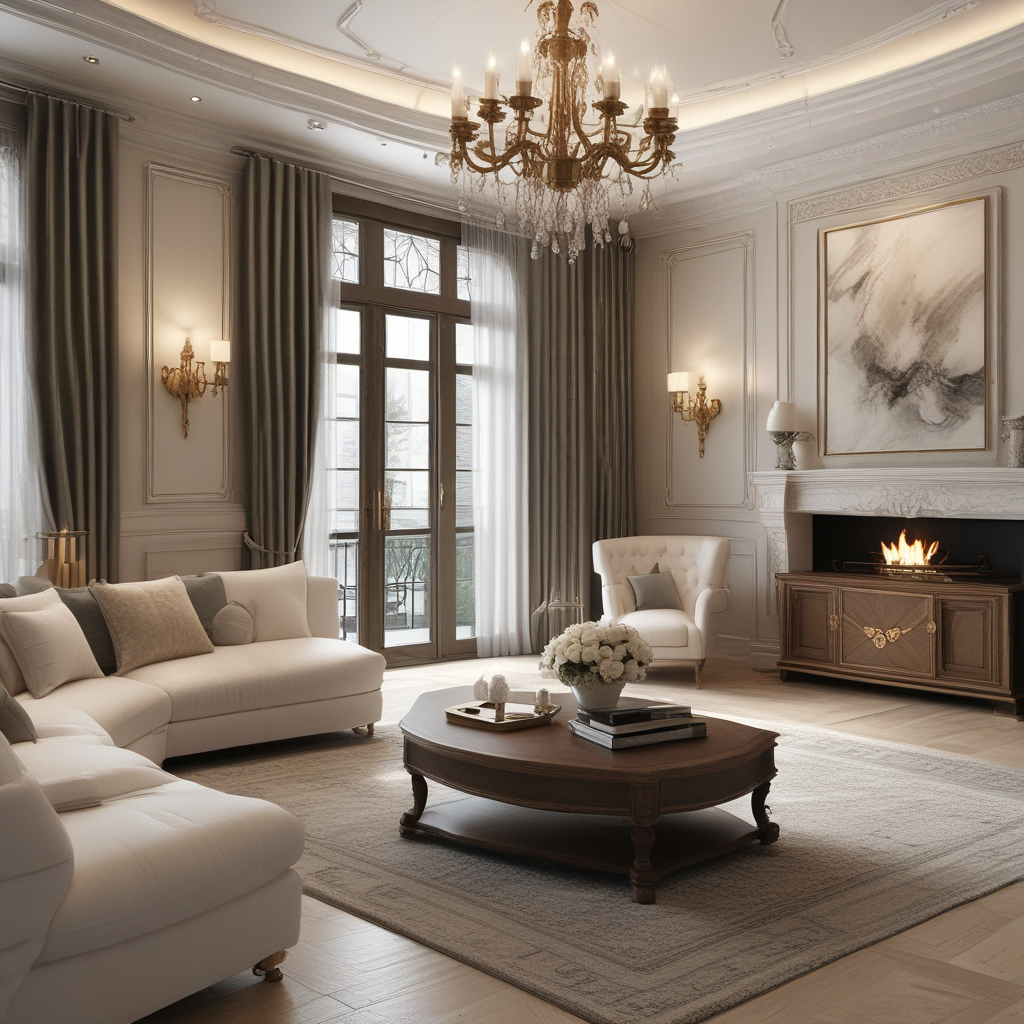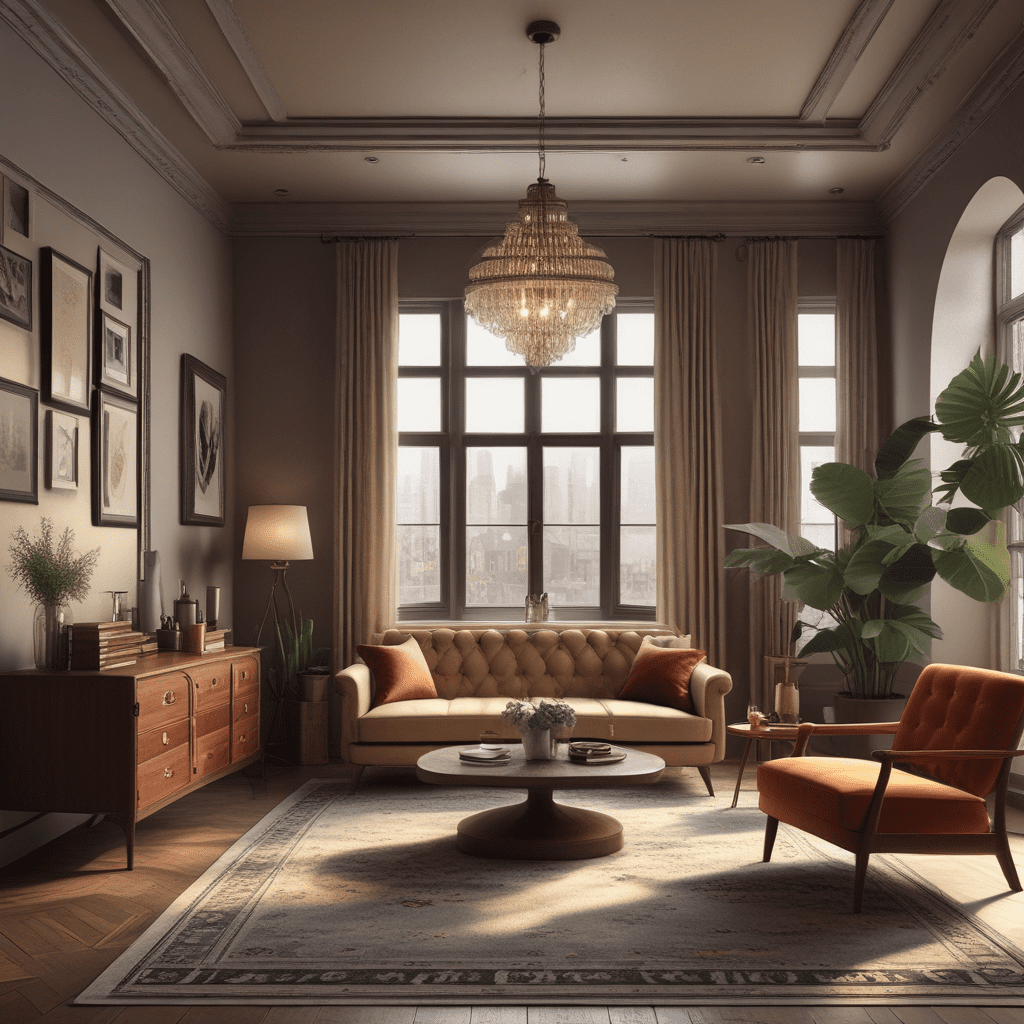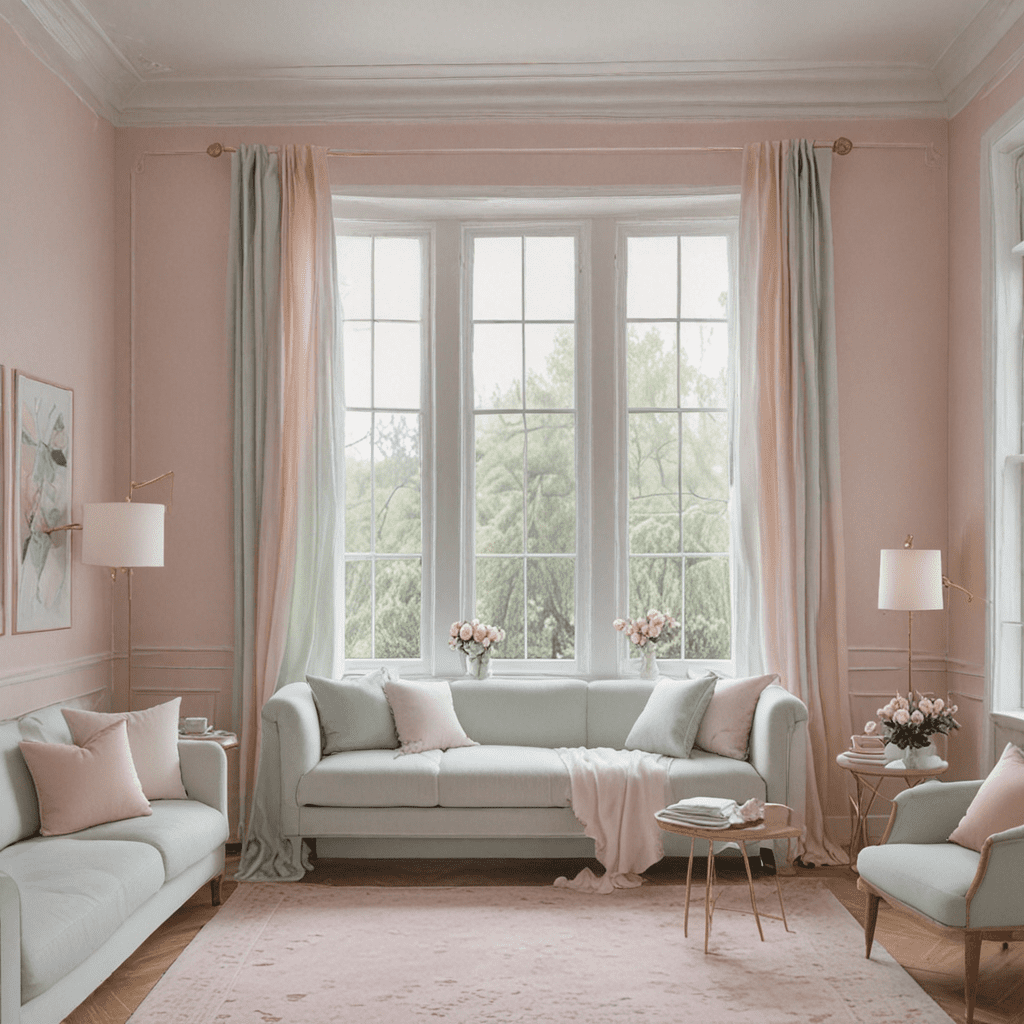How to Create Proportional Interior Designs
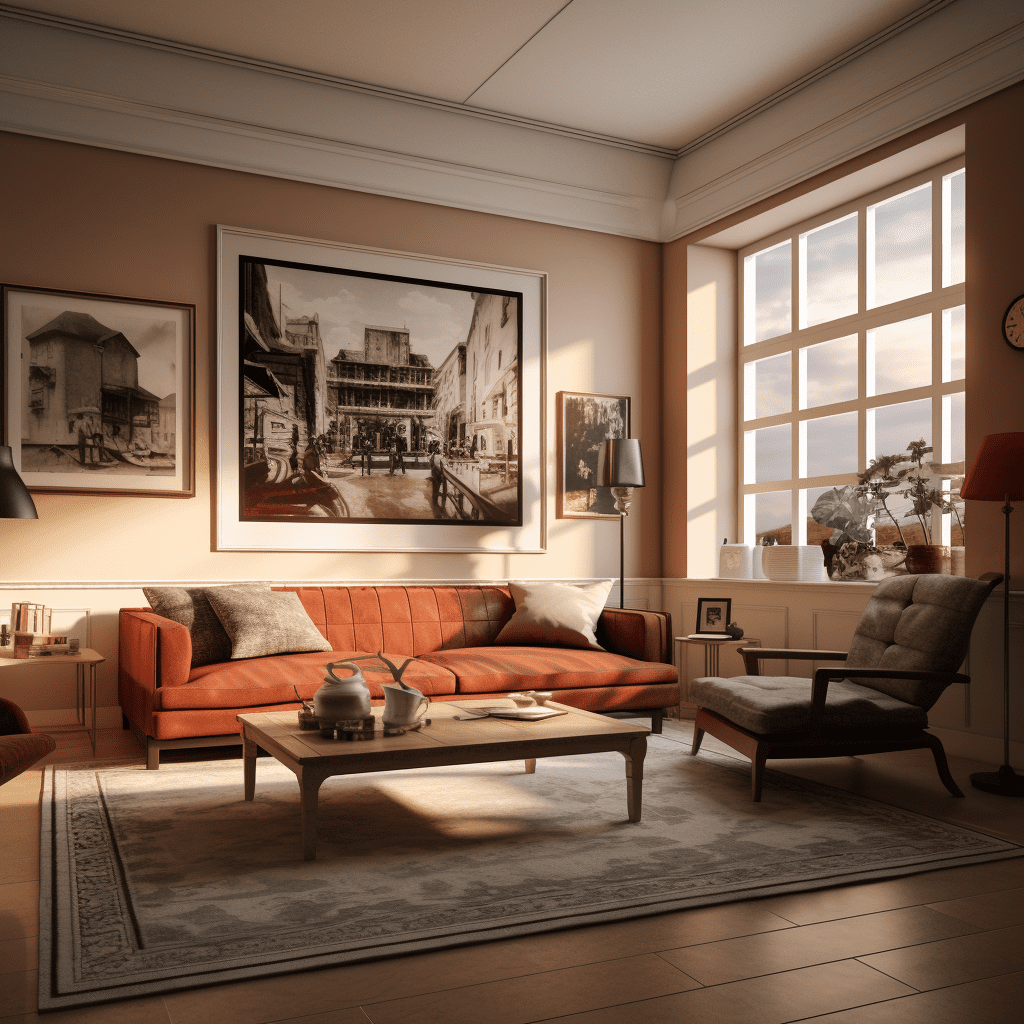

Proportion in Interior Design: Creating Harmony and Balance
When it comes to interior design, one of the key elements that can make or break a space is proportion. Proportion refers to the relationship between different elements in a room, such as furniture, accessories, and architectural features. Achieving a proper proportion is crucial for creating a visually pleasing and harmonious design. In this blog post, we will explore the concept of proportion in interior design and provide tips on how to use it effectively in your own home.
The Importance of Proportion
Proportion plays a vital role in interior design as it helps to establish a sense of balance and harmony within a space. When the elements in a room are proportionate, they work together cohesively, creating a visually appealing and comfortable environment. On the other hand, a lack of proportion can lead to a disjointed and unbalanced look, making the space feel uneasy and visually unappealing.
Understanding Scale and Size
One of the key factors in achieving proportionate design is understanding scale and size. Scale refers to the overall size of an object in relation to the space it occupies, while size refers to the relative dimensions of an object. In interior design, maintaining a proper scale and size is essential for achieving balance and harmony.
Creating Proportionate Furniture Arrangements
When it comes to furniture arrangements, proportion is of utmost importance. It is essential to choose furniture pieces that are appropriately scaled for the space. For example, in a small living room, oversized furniture can make the room feel cramped and unbalanced. On the other hand, in a large and spacious room, small-scale furniture may get lost and feel insignificant. By selecting furniture that is proportionate to the size of the room, you can create a harmonious and balanced arrangement.
Proportion in Color and Pattern
Proportion is not only limited to furniture and accessories but also applies to color and pattern. The selection and distribution of color and pattern in a space can greatly impact the overall proportion. Too much of one color or pattern can overwhelm the space, while too little can create a sense of imbalance. Finding the right balance and proportion of color and pattern will help create a cohesive and visually appealing design.
Utilizing Height and Vertical Space
Another important aspect of proportion in interior design is utilizing height and vertical space effectively. By incorporating elements of varying heights, such as tall floor lamps, high bookshelves, or ceiling pendant lights, you can add dimension and visual interest to a room. However, it is important to keep in mind the overall scale and proportions of these elements to ensure a harmonious and balanced composition.
Striking the Right Balance
In design, striking the right balance is crucial for achieving proportionate compositions. The three main types of balance commonly used in interior design are symmetrical, asymmetrical, and radial balance. Symmetrical balance involves arranging elements in a symmetrical manner, while asymmetrical balance creates a sense of equilibrium through the strategic placement of different elements. Radial balance, on the other hand, involves arranging elements around a central focal point. Understanding and applying these different types of balance can help you create proportionate and visually pleasing designs.
FAQ
Q: How do I determine the right scale for furniture in a room?
Determining the right scale for furniture in a room can be challenging. One important factor to consider is the size of the room itself. In a small room, opting for smaller furniture pieces can help prevent the space from feeling cramped. Conversely, in a large room, larger furniture pieces can create a sense of balance. Additionally, consider the purpose of the room and the intended use of the furniture. For example, in a dining room, make sure the size of the dining table is proportionate to the number of intended occupants.
Q: What are some tips for achieving proportionate color and pattern distribution?
When it comes to color and pattern in interior design, it’s essential to strike the right balance. Consider using a color palette that incorporates both bold and neutral tones to create contrast and visual interest. Similarly, when using patterns, mix larger-scale patterns with smaller-scale ones to avoid overwhelming the space. Additionally, distribute colors and patterns evenly throughout the room to ensure a balanced and harmonious design.
Q: What are some common mistakes to avoid when it comes to proportion in interior design?
One common mistake to avoid is using furniture and accessories that are too large or too small for a space. This can throw off the overall balance and make the room feel disproportionate. Another mistake is not considering the height and vertical space in a room. By neglecting this aspect, you miss out on an opportunity to create visual interest and dimension. Finally, be cautious of clutter and excessive ornamentation, as they can disrupt the sense of proportion and make a space feel overwhelming.
In conclusion, understanding and utilizing proportion in interior design is essential for creating a harmonious and visually pleasing space. By considering scale, size, color, pattern, height, and balance, you can achieve proportionate compositions that create a sense of balance and harmony. Remember, achieving proportion is about finding the right balance between elements and creating a cohesive design that elevates the overall aesthetic of your home.

